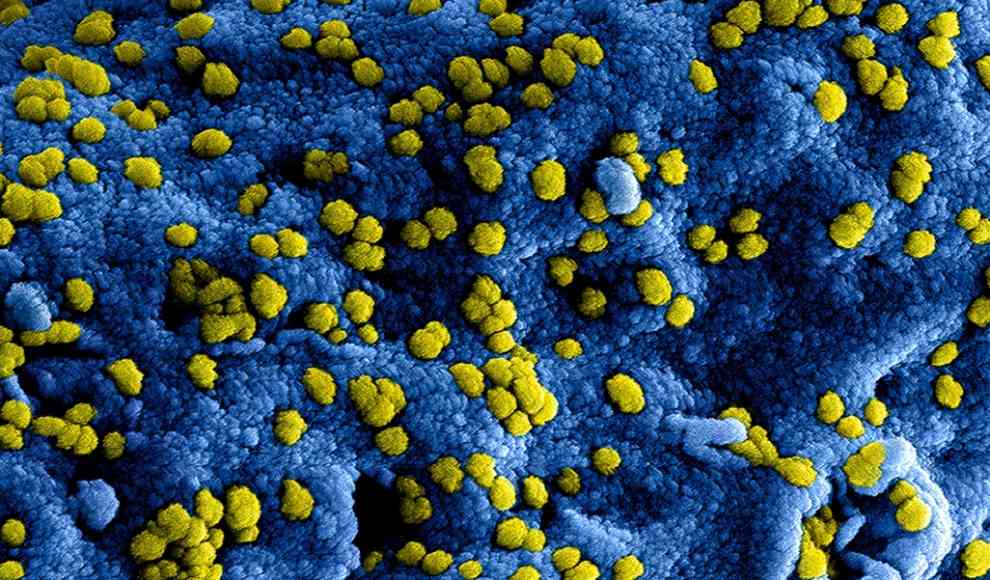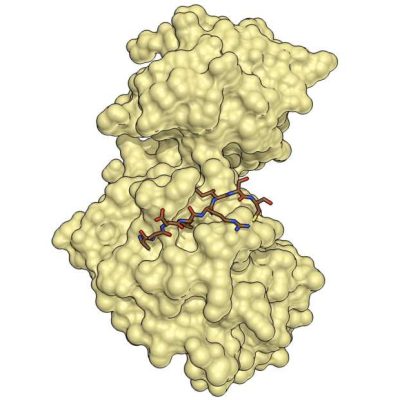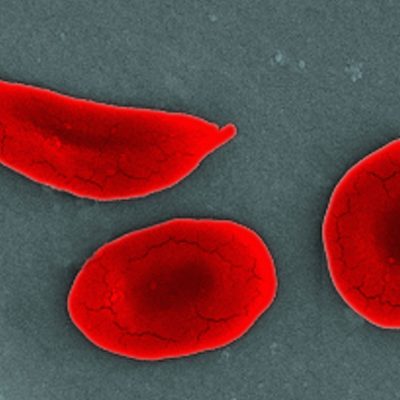Austrian researchers have identified a previously unknown mechanism of the HIV virus that plays a central role in its replication in the human body. Despite significant progress in the treatment of AIDS in recent years, the disease remains incurable. While some individuals have been cured of AIDS, widespread treatment of all affected individuals is not yet possible for various reasons. However, Kathrin Breuker and her colleagues at the Institute of Organic Chemistry at the University of Innsbruck have made a new discovery: they have identified a previously unknown mechanism that plays a central role in the replication of the HIV virus in the human body. Specifically, the researchers have found a new binding site that could be of interest for future therapies.
Researchers and scientists worldwide are searching for more efficient therapies to treat AIDS. The focus of research is primarily on combating the virus, but also on mechanisms that prevent replication. To settle in the body, the HIV virus enters human cells and builds its genetic information into the cell nucleus of the DNA. In this way, modified mRNA is produced, which enters the cell fluid from the cell nucleus and changes proteins so that they serve virus replication. However, it was previously unclear where exactly on the RNA and in what order the rev proteins attach. Understanding this process and possessing knowledge of attachment can stop the virus’s replication. Using a new method, the researchers examined the virus’s replication mechanism more closely and discovered a new binding site. The rev proteins are captured at this site and transmitted to previously known binding sites, enabling the formation of stable RNA-protein complexes. Future therapies could target this point and interrupt the replication of the HIV virus in the body.
The new research results are not only interesting in terms of new AIDS therapies, but they also explain older research results that were previously not or only partially understood. The discovery of this new mechanism could be a significant step forward in the fight against AIDS and bring us closer to a cure.










